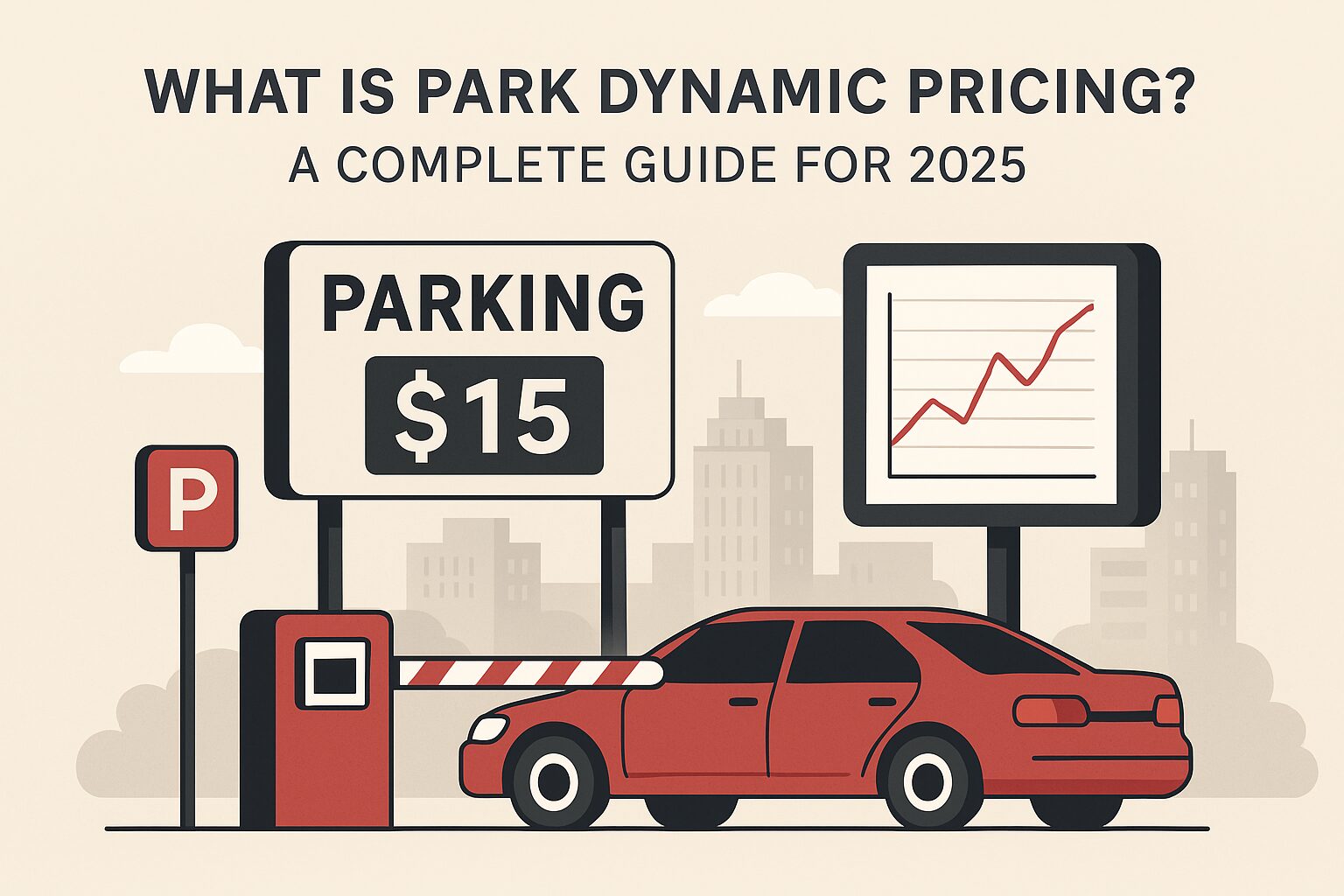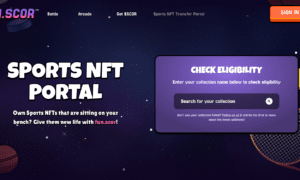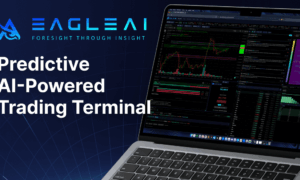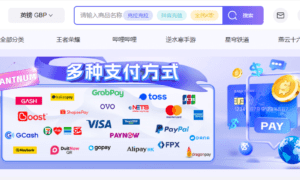Modern parking management faces unprecedented challenges as urban areas become increasingly congested and parking demand fluctuates dramatically throughout the day. Traditional fixed pricing models no longer meet the complex needs of today’s dynamic urban environment, leading facility operators to seek more sophisticated revenue optimization strategies.
Car park dynamic pricing represents a revolutionary approach to parking management that adapts rates in real-time based on demand, occupancy levels, and other market factors. This data-driven methodology transforms static parking facilities into responsive revenue centers that maximize profitability while improving user experience and urban mobility.
Understanding Park Dynamic Pricing
Definition and Core Principles
Park dynamic pricing is a revenue management strategy that automatically adjusts parking rates based on real-time demand, occupancy levels, time of day, special events, and other relevant factors. Unlike traditional fixed pricing where rates remain constant regardless of demand fluctuations, dynamic pricing creates a responsive system that optimizes both revenue generation and space utilization.
The core principle operates similarly to airline and hotel pricing models, where prices increase during high-demand periods and decrease when demand is low. This approach creates market equilibrium by using price as a tool to balance supply and demand, encouraging more efficient use of available parking spaces.
Real-time price adjustments occur through sophisticated algorithms that analyze multiple data streams including current occupancy rates, historical demand patterns, local events, weather conditions, and even traffic flow. These systems can implement price changes instantly, ensuring parking rates always reflect current market conditions.
Why Traditional Fixed Pricing Fails Today
Traditional fixed pricing models were designed for simpler times when parking demand was relatively predictable and urban mobility patterns were less complex. Today’s dynamic urban environment exposes several critical limitations of static pricing approaches.
Limited revenue capture represents the most significant drawback of fixed pricing. During peak demand periods, facilities leave substantial revenue on the table by maintaining artificially low rates that don’t reflect true market value. Conversely, during off-peak hours, high fixed rates may deter potential users, resulting in underutilized spaces and lost revenue opportunities.
Inefficiency during peak and off-peak times creates operational challenges that extend beyond revenue concerns. Fixed pricing fails to encourage optimal space turnover, leading to prolonged occupancy during high-demand periods and empty facilities during slower times. This inefficiency contributes to urban congestion as drivers circle endlessly searching for available spaces.
The inability to respond to market conditions means fixed pricing systems cannot adapt to unexpected events, weather changes, or shifting demand patterns. This rigidity results in missed opportunities to optimize both user satisfaction and facility profitability.
Key Benefits of Dynamic Pricing for Parking Facilities
Dynamic pricing delivers transformative benefits that extend far beyond simple revenue optimization, creating value for facility operators, users, and the broader urban community.
Maximized revenue through demand-based pricing represents the most immediate and measurable benefit. By aligning rates with actual demand, facilities can capture the full market value of their spaces during peak periods while maintaining competitive pricing during slower times. Industry data suggests that properly implemented dynamic pricing can increase parking revenue by 15-30% within the first year of implementation.
Better space turnover and reduced congestion emerge as critical operational improvements. Dynamic pricing naturally encourages shorter parking durations during high-demand periods, increasing space availability for more users. This improved turnover reduces the time drivers spend searching for parking, decreasing urban congestion and improving air quality in surrounding areas.
Data-driven, sustainable urban mobility strategy development becomes possible through the wealth of information generated by dynamic pricing systems. These insights enable better long-term planning, infrastructure investment decisions, and integration with broader smart city initiatives. The environmental benefits include reduced emissions from vehicles circling for parking and more efficient use of existing infrastructure.
Dynamic pricing can improve space utilization by up to 30% in high-density zones, according to industry research. This improvement translates into better user experiences, reduced stress for drivers, and more predictable revenue streams for facility operators.
Main Dynamic Pricing Models Used in Car Parks
Different dynamic pricing models serve various facility types and operational objectives. Understanding these models helps operators select the most appropriate approach for their specific circumstances.
Occupancy-based pricing adjusts rates based on real-time occupancy levels within the facility. As occupancy increases, prices rise incrementally to manage demand and encourage turnover. This model works exceptionally well for airports, shopping malls, and other facilities with relatively predictable capacity constraints. The system typically implements price tiers at specific occupancy thresholds, such as 50%, 75%, and 90% capacity.
Time-based pricing varies rates according to predetermined time periods based on historical demand patterns. This model recognizes that parking demand follows predictable daily and weekly cycles, with higher rates during business hours and lower rates during evenings and weekends. Urban centers and street parking operations frequently employ this approach due to its simplicity and user familiarity.
Event-based pricing implements surge pricing during special events, concerts, sports games, or other occasions that dramatically increase local parking demand. Stadiums, convention centers, and facilities near entertainment venues benefit significantly from this model. The system monitors event schedules and automatically adjusts rates to capture the increased willingness to pay during these high-demand periods.
Predictive AI pricing represents the most sophisticated approach, utilizing machine learning algorithms to analyze historical data, weather forecasts, event schedules, and other variables to predict future demand and set optimal prices accordingly. Smart city deployments increasingly adopt this model for its ability to optimize across multiple variables simultaneously.
How to Implement Park Dynamic Pricing
Successful implementation of dynamic pricing requires careful planning, appropriate technology infrastructure, and ongoing optimization efforts.
Step-by-Step Framework
Install smart parking sensors or entry counters as the foundation of any dynamic pricing system. These devices provide the real-time occupancy data essential for accurate pricing decisions. Options include magnetic sensors embedded in parking spaces, overhead cameras with computer vision capabilities, or entry/exit counting systems for gated facilities.
Integrate real-time data collection systems that can process and analyze occupancy information alongside other relevant data sources. This integration typically involves cloud-based platforms that can handle large volumes of data and execute pricing algorithms in real-time. The system must be capable of communicating price changes to payment systems, signage, and mobile applications instantly.
Set flexible pricing rules that define how rates adjust based on various conditions. These rules should reflect business objectives, user tolerance levels, and regulatory constraints. Successful implementations typically start with conservative adjustment ranges and gradually optimize based on performance data and user feedback.
Train staff and update communication channels to ensure smooth operations and positive user experiences. Staff must understand the system’s operation and be prepared to address user questions or concerns. Clear communication strategies help users understand and accept dynamic pricing, reducing resistance and complaints.
Monitor performance and optimize regularly through ongoing analysis of revenue, occupancy patterns, user behavior, and system performance. Dynamic pricing systems require continuous refinement to maximize their effectiveness and adapt to changing conditions.
Park Dynamic Pricing in Action
Real-world implementations demonstrate the versatility and effectiveness of dynamic pricing across various facility types and operational contexts.
Airport parking facilities have emerged as pioneers in dynamic pricing implementation, leveraging their captive audience and predictable demand patterns. These facilities typically implement occupancy-based models that increase rates as parking areas approach capacity, encouraging travelers to book spaces in advance or consider alternative transportation options during peak travel periods.
Hospital parking presents unique challenges due to the mix of planned appointments and emergency visits. Successful implementations focus on time-based models that offer discounted rates for extended stays while maintaining higher rates for short-term parking near emergency departments. Some facilities also implement validation systems that provide discounted or free parking for certain types of visits.
Retail parking facilities use dynamic pricing to optimize customer flow and maximize revenue from non-customers who use their facilities. Event-based pricing proves particularly effective during holiday shopping periods or special promotional events, while time-based models can encourage off-peak shopping by offering reduced parking rates during slower periods.
Municipal parking systems increasingly adopt dynamic pricing as part of broader smart city initiatives. These implementations often focus on reducing congestion and encouraging alternative transportation methods while generating revenue for city services. Street parking with dynamic pricing can significantly reduce the time drivers spend searching for spaces, improving traffic flow throughout urban areas.
Common Challenges & How to Overcome Them
While dynamic pricing offers significant benefits, successful implementation requires addressing several common challenges that can impact user acceptance and system effectiveness.
Resistance from users unfamiliar with dynamic pricing represents perhaps the most significant obstacle to successful implementation. Many drivers expect consistent, predictable parking rates and may react negatively to variable pricing. Overcoming this resistance requires comprehensive communication strategies that clearly explain the benefits of dynamic pricing, including improved space availability and reduced search times.
Risk of price volatility confusion can create user frustration and damage facility reputation if not properly managed. Extreme price fluctuations or frequent changes can make it difficult for users to budget for parking expenses or plan their visits. Successful implementations typically limit the frequency and magnitude of price changes while providing clear information about current rates through digital signage and mobile applications.
The importance of clear signage and digital tools cannot be overstated in dynamic pricing implementations. Users need easy access to current rates, historical pricing patterns, and predictions about future rate changes. Mobile applications that provide real-time pricing information and reservation capabilities significantly improve user acceptance and system effectiveness.
Technical reliability issues can undermine user confidence and system performance. Backup systems, regular maintenance schedules, and redundant communication channels help ensure consistent operation even when individual components fail.
Choose the Right Partner for Your Dynamic Pricing Solution
Selecting an appropriate technology partner is crucial for successful dynamic pricing implementation. The right partner brings technical expertise, industry knowledge, and ongoing support necessary for long-term success.
Key criteria for partner selection include expertise in parking mobility solutions, demonstrated experience with similar facility types, and a proven track record of successful implementations. Partners should understand both the technical aspects of dynamic pricing and the operational challenges faced by parking facility managers.
Scalable technology platforms that can grow with your facility and adapt to changing requirements are essential. The solution should integrate seamlessly with existing payment systems, access control equipment, and management platforms while providing flexibility for future enhancements.
Real-time data analytics capabilities enable ongoing optimization and performance monitoring. Partners should provide comprehensive reporting tools, predictive analytics, and actionable insights that help facility managers make informed decisions about pricing strategies and operational improvements.
Transparent support structures with clear communication channels, defined response times, and ongoing training opportunities ensure successful long-term partnerships. The complexity of dynamic pricing systems requires partners who can provide both technical support and strategic guidance as market conditions and business objectives evolve.
FAQs About Park Dynamic Pricing
Is dynamic pricing legal in public spaces?
Dynamic pricing is generally legal in both public and private parking facilities, though specific regulations vary by jurisdiction. Many municipalities have successfully implemented dynamic pricing for street parking and public garages as part of broader traffic management and revenue optimization strategies. However, operators should consult local regulations and may need to obtain specific approvals or provide advance notice before implementing dynamic pricing systems.
How do drivers react to fluctuating prices?
Initial user reactions to dynamic pricing often include skepticism and resistance, particularly among drivers accustomed to fixed rates. However, research shows that acceptance increases significantly when users experience the benefits of improved space availability and reduced search times. Clear communication about pricing logic, advance notice of rate changes, and transparent information about current and predicted rates help improve user acceptance.
Can it be integrated with mobile payment or reservation systems?
Modern dynamic pricing systems are designed to integrate seamlessly with mobile payment platforms, reservation systems, and other digital parking solutions. This integration enables features such as advance booking at guaranteed rates, real-time price notifications, and predictive pricing information that helps users plan their visits. Integration with broader mobility-as-a-service platforms also allows dynamic pricing to become part of comprehensive transportation planning tools.
What happens during system outages or technical failures?
Robust dynamic pricing systems include failsafe mechanisms that revert to predetermined default rates during technical outages. These backup systems ensure continued operation while minimizing revenue loss and user inconvenience. Regular system monitoring, redundant communication channels, and comprehensive maintenance procedures help minimize the frequency and impact of technical issues.
How quickly can prices change, and what limits are typically imposed?
Price change frequency and magnitude limits vary based on facility type, user expectations, and operational objectives. Most successful implementations limit major price changes to specific intervals, such as hourly or every few hours, while allowing minor adjustments more frequently. Rate change limits, such as maximum increases of 25-50% from base rates, help maintain user acceptance while still capturing demand-based value.



































